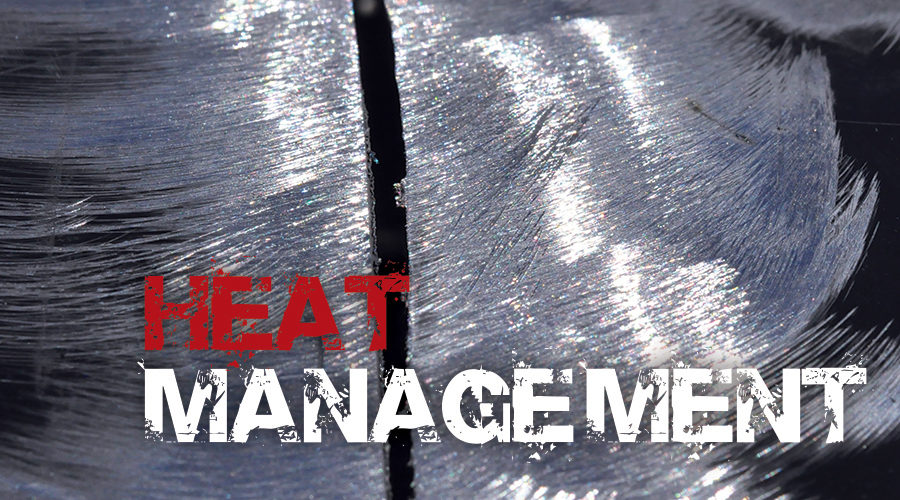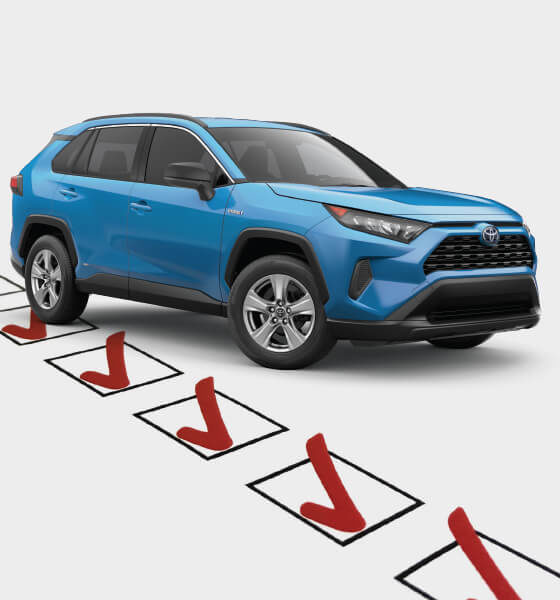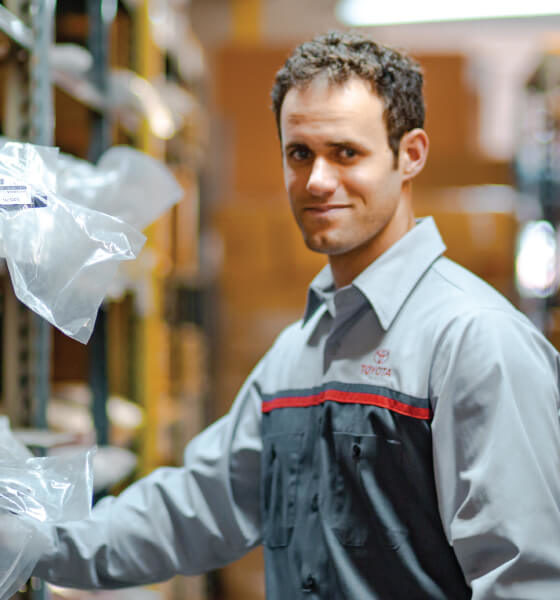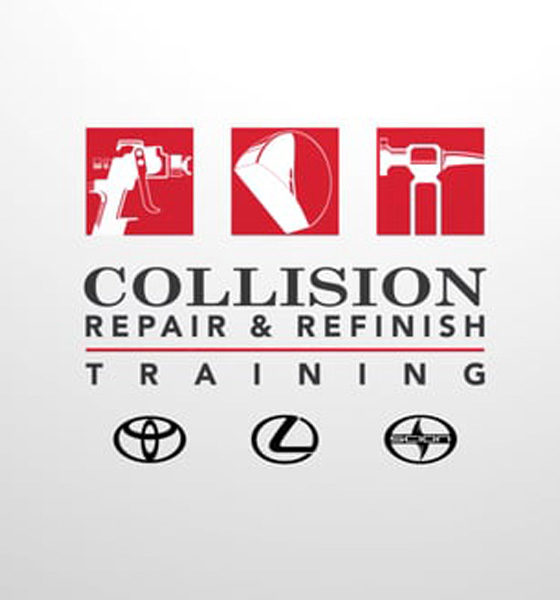
Heat Management: Proven Welding Techniques to Minimize Heat-Affect
Heat Management: Proven Welding Techniques to Minimize Heat-Affect
MANAGING HEAT DURING THE GAS METAL ARC WELDING (GMAW) PROCESS IS A CRITICAL, BUT OFTEN OVERLOOKED, PART OF PROPER WELDING TECHNIQUES.
This oversight can result in heat-affect, a term commonly used to describe the negative changes to the metal from welding such as reduced strength and corrosion resistance. The extent of these reductions depends greatly on the amount of heat generated. While best practice methods may be familiar to technicians skilled at welding, the temptation to get the job done faster can often eclipse the important benefits of heat management. A quick review of proper butt-welding and plug-welding heat management techniques will help keep those best practices top of mind.
BUTT-WELDING HEAT MANAGEMENT
On Toyota vehicles, the vast majority of butt-welding specifications apply to steel with strength ratings of 440 MPa and less. Be sure to review the model- and component-specific welding specifications to know for sure. Once your welder is dialed in, your next step in heat control is stitch welding. Your stitch welds should also be dialed in during practice as mentioned above. You can use the auto “Stitch” mode on your welder, if so equipped, or manually perform a series of short continuous or tack welds. Depending on the total length of your butt-weld, you may decide to skip around or start in the center of the span and alternate directions of travel. Either way, use the lowest welder setting that will achieve fusion and allow time for heat dissipation between welds. This helps to reduce heat-affect and the chance of warping.
PLUG-WELDING HEAT MANAGEMENT
Heat-affect from plug-welding can also be managed with methods similar to butt welding. For most mild steel 1mm or less in thickness, typically a quarter panel, a 5mm plug-weld hole will provide enough fusion surface area for a strong weld. Many technicians believe an 8mm plug-weld hole size is appropriate for most welding situations. However, the 5mm plug-weld hole diameter is just as strong, is faster to perform and produces less heat-affect than the 8mm plug-weld on mild-steel sheet metal. Toyota provides a reference chart in Collision Damage repair manuals for selecting the proper plug-weld hole size depending on the thickness of the metal.
Panel Thickness at the Welded Portion mm (in.) / Plug-Welding Hole Diameter mm (in.)
Less than 1.0 (0.039) / ø5 (0.20) or more
1.0 (0.039) up to 1.6 (0.063) / ø6.5 (0.26) or more
1.6 (0.063) up to 2.3 (0.091) / ø8 (0.31) or more
2.3 (0.091) or more / ø10 (0.39) or more
Similar to butt-welding, your GMAW welder should be on the lowest setting that will achieve fusion and melt-through for plug-welding the steel you are working with. And, just like butt-welding, you should skip around to allow for heat dissipation when performing a plug-weld.
ATTENTION STATE FARM SELECT SERVICE® REPAIRERS
As of April 2017, State Farm™ requires specific welding certification to qualify as a participant in its Select Service® Program. The company has made this change so that more of the industry, and ultimately every technician, has the knowledge and skills to perform proper repairs. Here is a list of Toyota and Lexus welding certification programs that will satisfy this requirement
SELECT SERVICE® PROGRAM
- Steel GMA (MIG) Welding Skills Verification (WCS03)
- Steel Sectioning Skills Verification (SPS05)
TOYOTA/LEXUS WELDING CERTIFICATION PROGRAMS
- Toyota T300 – Welding Techniques for Collision Repair
- Lexus L300 – Welding Techniques for Collision Repair
- Toyota T460 – Structural Body Repair Techniques
- Lexus L460 – Structural Body Repair Techniques
Practice Makes Perfect
Before you begin working on your customer’s vehicle, it is important to practice on an identical sample of metal with an identical root gap. Dial the welder in to the lowest setting that will achieve proper fusion and melt-through. This preparation work will help to ensure optimal heat management without “practicing” on your customer’s vehicle!
Minimize Heat-Affect, Maximize Repair Quality
Proper heat management during welding is critical to minimizing negative changes to metal. Whether you are butt-welding or plug-welding, be sure to:
- Review model- and component-specific welding specifications
- Practice on an identical sample of metal with identical root gap
- Dial in your welder to the lowest setting that will achieve proper fusion and melt-through
- Skip around to allow for heat dissipation.
Good to Know
Unless published, Toyota does not approve of butt-welding steel with strength ratings higher than 440 MPa, and does not approve of butt-welding with a backing (sleeve) in any welding situation. Backing a butt-weld joint is more work than backing an open butt-joint, it creates corrosive hot spots between the backing and the outer panel that can’t be treated with corrosion preventive materials, and a backing alters crash energy management designed into the component and the vehicle. Toyota’s position on these topics is reinforced in Collision Repair Information Bulletin #176 titled Approved Collision Repair Methods.



